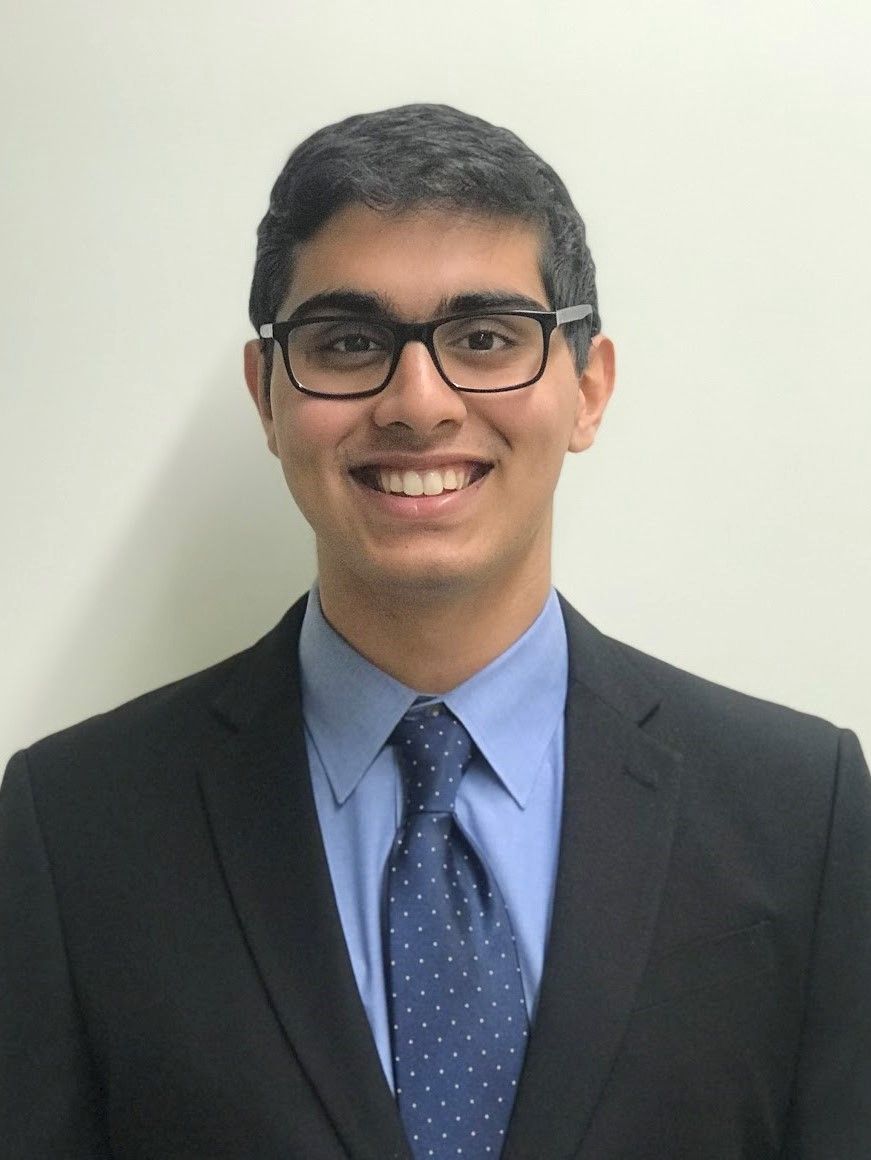The Race to the COVID-19 Vaccine
Since the initial identification of COVID-19 in China in December of 2019, the push to develop a vaccine for SARS-CoV-2 – the virus that causes COVID-19 – has been unprecedented, in terms of the fast-paced timeline involved in producing the vaccine as well as funding from all over the world. Public health experts believe the only way to safely reach herd immunity is through a mass usage of a vaccine. How is a vaccine usually produced?
Typically, there are five stages to the process of vaccine development:
1. Pre-clinical Stage: involves lab research to determine methods to induce an appropriate immune response and testing in animals to determine initial safety and applicability. This stage can typically take anywhere from 4-7 years.
2. Phase I Stage: the vaccine is then given to a small group of individuals to see if the vaccine is safe. This usually can take 2 years.
3. Phase II Stage: the vaccine is then given to a few hundred people to further ensure safety as well as side effects and to determine the appropriate level of dosage for proper immune response. This can usually take 2-3 years.
4. Phase III Stage: the vaccine is finally given to thousands of individuals over vast ranges of ages and geographic locations and compare to a placebo to see how many contract the virus to determine true effectiveness. This can take anywhere from 5-10 years.
5. Implementation Stage: regulators determine approval based on analysis of Phase results and companies begin to license and manufacture the vaccine at a very large-scale. This can take an additional 2 years.
Based on this traditional model, a standard vaccine could take more than 10 years to be developed. Yet scientists are racing to attempt to do it in under one year, hoping to potentially have a vaccine by the end of 2020 and have large-scale availability by early 2021. The biotechnology company Moderna was the first firm in the world to begin human trials in mid-March, a mere two months after identification of the SARS-CoV-2 gene sequences. So how have been scientists been able to accelerate the vaccine development timeline?
The US government has embarked on Operation Warp Speed (OWS), which is a partnership between the Department of Health and Human Services (HHS), the Centers for Disease Control and Prevention (CDC), the Food and Drug Administration (FDA), the National Institutes of Health (NIH), the Biomedical Advanced Research and Development Authority (BARDA), and the Department of Defense (DoD). Warp Speed has selected eight of the most promising vaccine candidates and has providing substantial funding and availability for distribution by the DoD. These investments will help candidates from companies such as Moderna, Pfizer, and AtraZeneca in tandem with the University of Oxford.
In addition to the vast demand for a successful vaccine, the compression of the normal five-step vaccine approval process has led to an accelerated development of the vaccine. One of the core aspects of OWS is to use the power of the federal government to provide resources for candidates’ companies to simultaneously study the effectiveness of the vaccine while also begin to manufacture the vaccine. This would allow for immediate distribution of the vaccine once study results have been published. Yet another core aspect is to eliminate excess red tape in the vaccine approval process. For example, AstraZeneca in tandem with the University of Oxford is currently conducting a merged Phase 2/3 global study rather than pursuing two separate Phase studies.
Despite the unprecedented speed of the vaccine approval process, there has been concern from public health experts and individuals who are concerned that the fast-paced nature of the vaccine’s development may have some drawbacks. A major concern is that many of the Phase 3 studies do not involve enough patients that are Black or Latino, patient populations that face an increased risk of getting sick and even dying from COVID-19. An important consideration is that members of different populations need to be sampled in the Phase 3 studies prior to distribution to the entire population. While the Phase 3 studies have just commenced, it is imperative that companies recruit patients from a wide variety of backgrounds.
Furthermore, a recent study showed that roughly one-in-three Americans would not get the COVID-19 vaccine – illustrating distrust or, at the minimum, a hesitance in receiving a vaccine that has been developed at an unprecedented speed. An effective public health campaign will be required from the agencies that make up OWS to convince people to take the vaccine in order to ultimately reach the level of herd immunity required to return a certain sense of normalcy prior to the pandemic. Nonetheless, the development of a vaccine for COVID-19 to date has been truly historic. It is simply a question whether it will be assuredly safe and effective and if people will get the vaccine.



